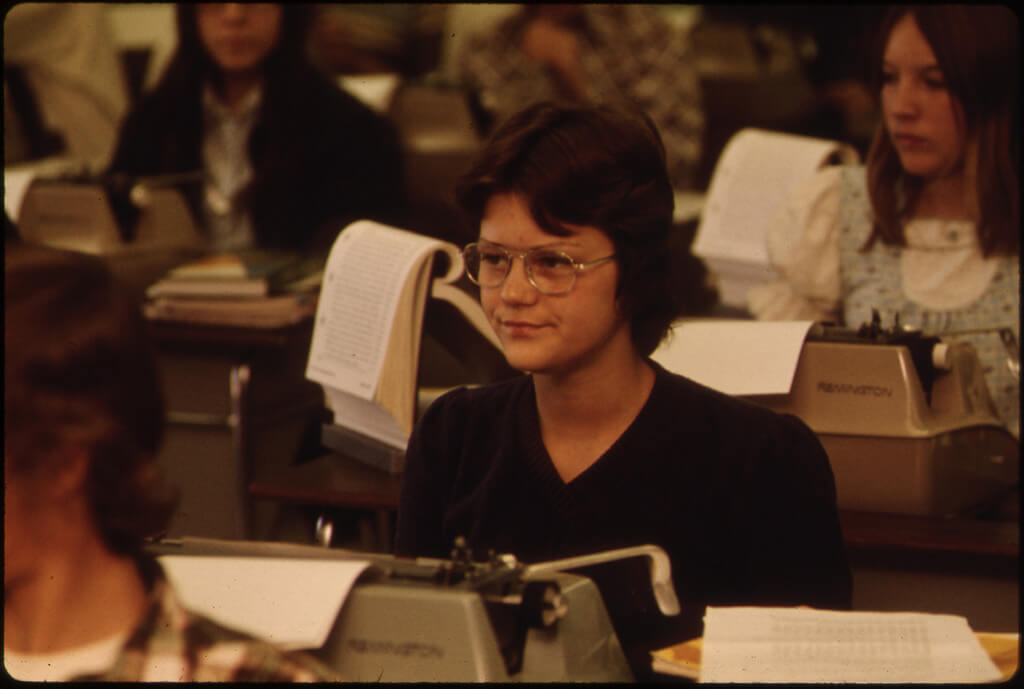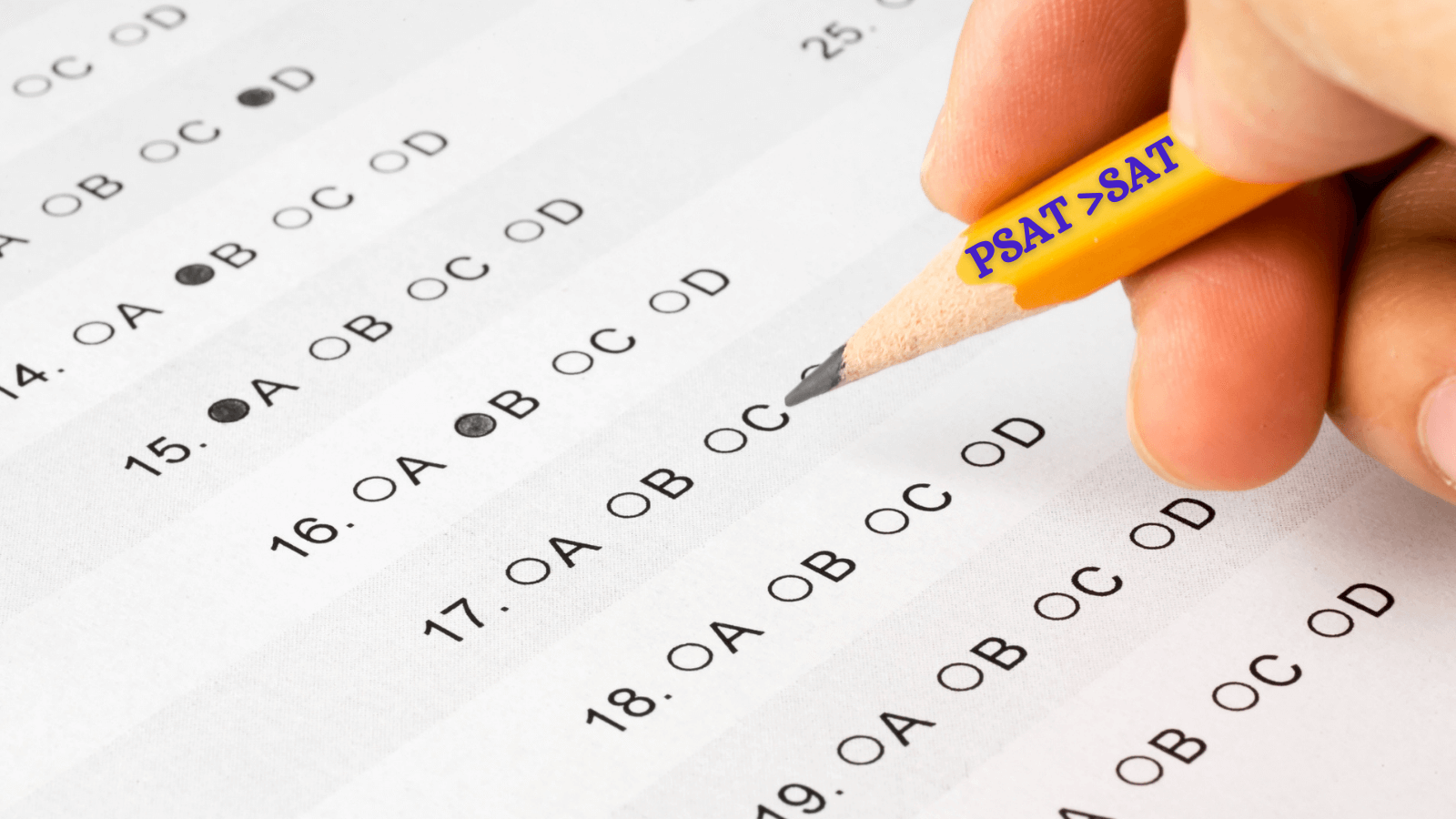Student-centric advice and objective recommendations
Higher education has never been more confusing or expensive. Our goal is to help you navigate the very big decisions related to higher ed with objective information and expert advice. Each piece of content on the site is original, based on extensive research, and reviewed by multiple editors, including a subject matter expert. This ensures that all of our content is up-to-date, useful, accurate, and thorough.
Our reviews and recommendations are based on extensive research, testing, and feedback. We may receive commission from links on our website, but that doesn’t affect our editors’ opinions. Our marketing partners don’t review, approve or endorse our editorial content. It’s accurate to the best of our knowledge when posted. You can find a complete list of our partners here.
What Are Reach Schools?
 By
Savannah Dawson
By
Savannah Dawson 
Prior to coming to Scholarships360 for her first internship in 2022, Savannah utilized her campus publications by joining various fashion publications that are offered at Ohio University. One of those publications is Thread Magazine, where Savannah has had the opportunity to work on articles related to world-wide related fashion news and events, as well as articles closer to home, such as a fashion piece on Athens hometown-hero Joe Burrow. This year, Savannah also had the opportunity to be a content writing intern for Aiken House, as well as a section editor for Southeast Ohio Magazine. In 2023, Savannah served as the Chapter President of her sorority, Alpha Gamma Delta. These collective experiences, as well as her experience currently working for Ohio University’s Undergraduate Admissions, has led her to Scholarships360 and aided in her passion for helping students better understand the college admissions process and financial aid. In her free time, Savannah enjoys horseback riding, watching Formula One races, traveling, and spending time with her friends and family. Savannah will graduate from Ohio University in May 2024 with a degree in Journalism News and Information and a certificate in Italian Studies.
Full BioLearn about our editorial policies

Bill Jack has over a decade of experience in college admissions and financial aid. Since 2008, he has worked at Colby College, Wesleyan University, University of Maine at Farmington, and Bates College.
Full BioLearn about our editorial policies

Maria Geiger is Director of Content at Scholarships360. She is a former online educational technology instructor and adjunct writing instructor. In addition to education reform, Maria’s interests include viewpoint diversity, blended/flipped learning, digital communication, and integrating media/web tools into the curriculum to better facilitate student engagement. Maria earned both a B.A. and an M.A. in English Literature from Monmouth University, an M. Ed. in Education from Monmouth University, and a Virtual Online Teaching Certificate (VOLT) from the University of Pennsylvania.
Full BioLearn about our editorial policies

When applying for colleges, there are some terms that float around that many people may not understand yet, especially if you are just starting out. So, “what are reach schools?”, you might ask? Let’s dive into what a reach school is and how it can benefit you to apply to one or more.
What is a reach school?
A “reach” school is a college or university that a student has a relatively low probability of gaining admission to. This could be because of their low acceptance rates or high average test scores or GPA. These schools usually have a 25% or less acceptance rate. Ivy League schools are generally what people think of when they think of reach schools. But as we will learn, the definition of a reach school depends on the particular student who is applying.
A reach school for one student may look very different from another student’s reach school. While schools such as Ivy Leagues are reach schools for any student, others are more relative. Typically, if your GPA and/or test scores fall in the lower 25% of students admitted, you can consider the school a reach school. For programs that rely less on scores, such as programs where applicants must submit a portfolio, this measure may vary. But remember, predictions are never totally accurate when it comes to college admissions. A college application is never a guarantee of admission, and it is also not a guarantee of rejection. Ultimately, whether a school is a reach school or not comes down to what kind of student you are and what kind of schools you are considering.
Related: Missed a college deadline? Here are your options
How do I know if a college is a reach school?
Generally, you will know that a college is a reach school if your test scores fall under the 25th percentile of enrolled students. For a quick look at what are considered reach schools for most, start with our list of colleges that are the hardest to get into.
How many reach schools should I apply to?
There are a few factors to consider when deciding on how many reach schools to apply to. Many students apply to between 2-4 reach schools. Sometimes, a student may believe they have an extra chance at gaining admission
At the end of the day, the main factors that restrict the number of reach schools you apply to are cost and the time spent on an application. College applications can get expensive, especially when you consider the cost of sending transcripts and test scores. Sometimes, applying for waivers can reduce this cost and allow you to apply for more. Typically, it’s a better idea to include more match and safety schools in your applications than reach schools. Just make sure that you have enough solid options and aren’t spending too much time on supplemental essays.
Related: How many colleges should I apply to?
Are reach schools worth applying to?
Yes, it is always worth applying to reach schools if you truly want to attend! Most schools are looking for more than just your grades– the majority of modern colleges are looking for a holistic view of the student. They want to know that you are going to be involved in the community on campus, that you are a strong leader, and that you are able to be passionate about getting an education– regardless of what your grades look like. So, even if the numbers look discouraging, you always have a chance of admission.
Also see: What looks good on college applications?
If I don’t get into my reach school, should I apply again next year?
Yes, you should! If you are very passionate about going to the school that you consider to be your reach school, it is always worth submitting another application the next year once you have honed in on some of your skills and developed your resume a bit more. Just keep in mind, you may end up feeling very settled at the college you end up attending and decide you don’t want to transfer after all.
Final thoughts for students
For many students, their reach school is what they consider their dream school. It is important that you give yourself the opportunity to reach for your goals, even if they seem out of reach. This could change the trajectory of your entire college experience, so don’t miss out on what could be meant to be!
Don’t miss: Should I send my test scores to test-optional schools?
Additional resources
We have tons of information on the college admissions process, from learning more about safety and match schools, or if you are past the application stage and looking for scholarships– we’ve got you covered. You can check out our scholarship database to see which scholarships work best for you! Good luck with the rest of your college admissions process.
Frequently asked questions about reach schools
What are the odds of getting into a reach school?
What is the difference between target and reach schools?
Is it worth it to apply to reach schools?




 SAT" printed on his pencil">
SAT" printed on his pencil">
